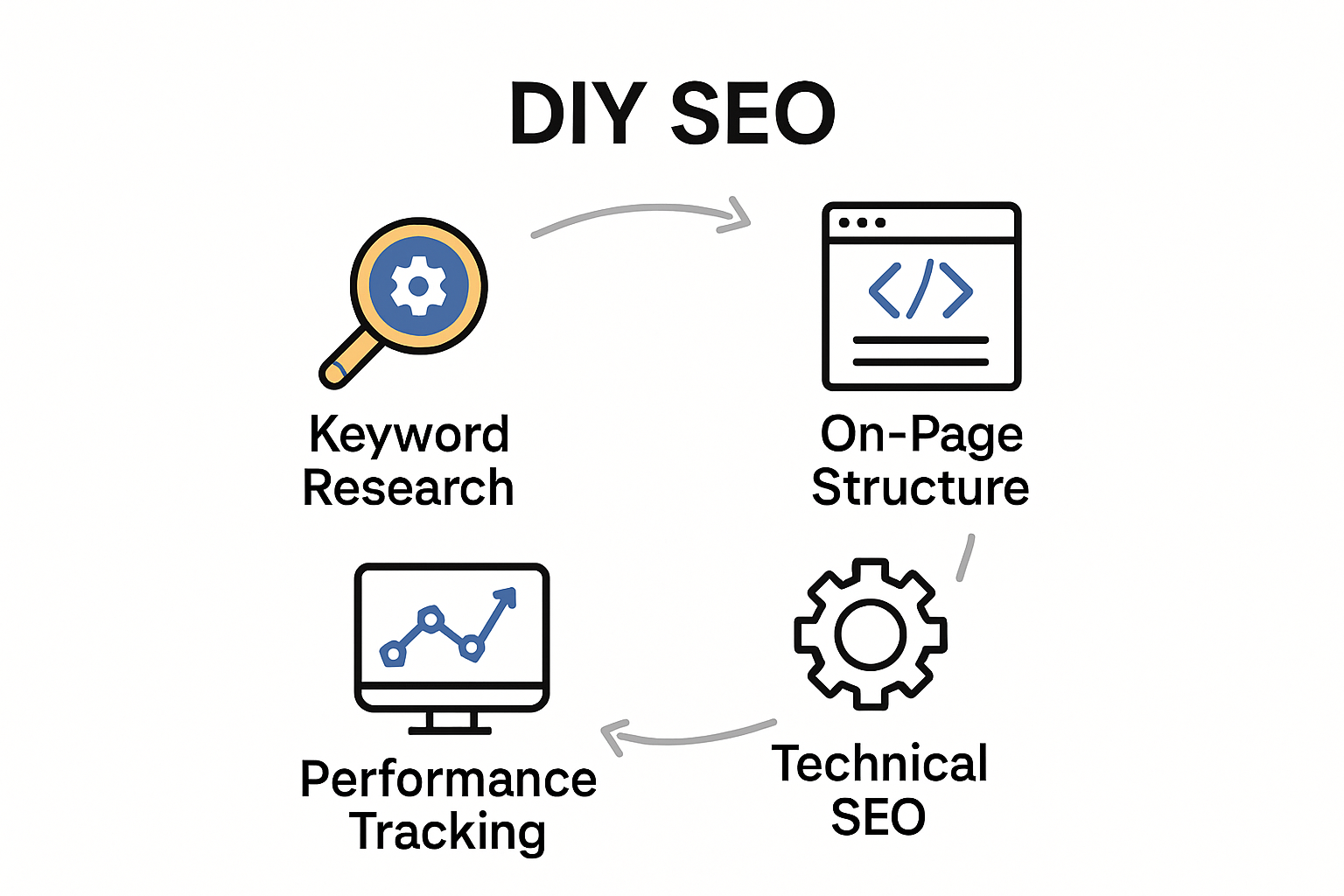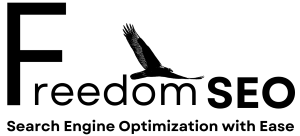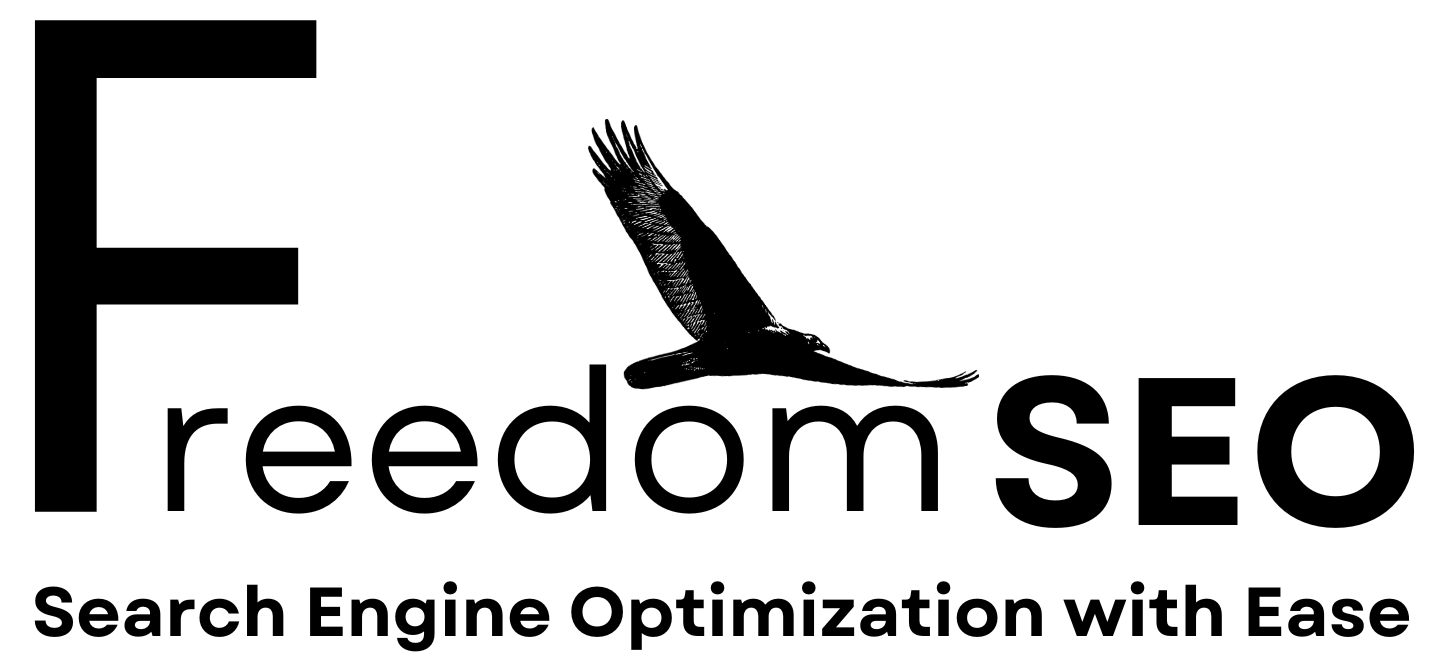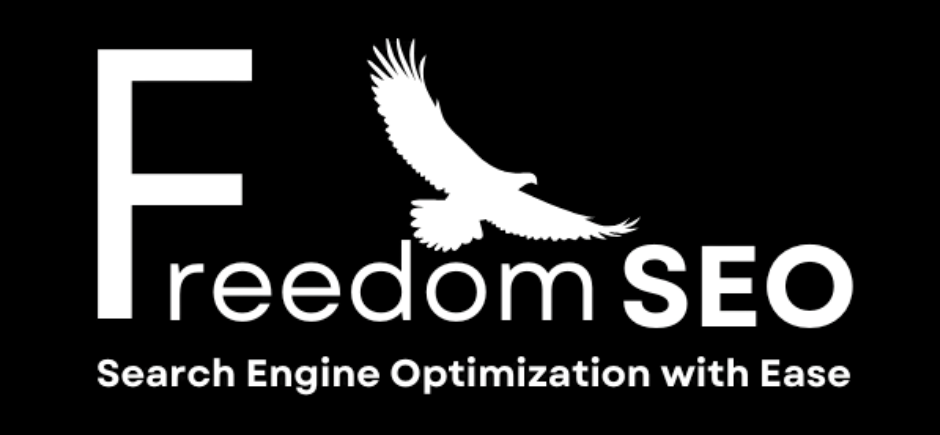Website Content Planning for Canadian Businesses: 2025 Tips

Planning your website content used to mean guessing what would work and hoping for the best. Now Canadian businesses face a new reality. Studies show that content tailored to local audiences can raise engagement rates by more than 40 percent. Most companies still treat their websites like static brochures. The real leap forward is turning your site into a living platform that adapts to shifting user needs and drives growth year-round.
Table of Contents
Quick Summary
| Takeaway | Explanation |
|---|---|
| Conduct a thorough content audit | Assess existing website materials to identify strengths, weaknesses, and gaps in your online presence. |
| Develop user personas | Create detailed profiles to deeply understand your audience’s needs and preferences for effective content mapping. |
| Establish a content governance framework | Define roles, responsibilities, and create a structured calendar to ensure consistent quality in content production. |
| Utilize DIY SEO strategies | Implement keyword research, structure, and technical optimization practices to improve content visibility without extensive resources. |
| Embrace continuous content improvement | Regularly measure performance and update content based on user feedback and analytics to enhance engagement and relevance. |
Essential Steps for Website Content Planning
Website content planning is a strategic process that transforms random digital content into a purposeful, targeted approach for Canadian businesses. Effective planning goes beyond simply creating pages it requires a comprehensive understanding of your audience, business goals, and digital marketing strategy.
Defining Your Content Strategy Foundation
Successful website content planning starts with crystal clear objectives. According to University of Minnesota’s digital strategy guide , businesses must first conduct a thorough content audit to assess existing materials and identify critical gaps in their current online presence. This means examining your current website content with a critical eye and understanding what works, what doesn’t, and where opportunities exist.
The audit process involves several key steps:
- Content Inventory : Catalogue all existing website content
- Performance Analysis : Review which pages generate engagement
- Gap Identification : Determine missing content areas
Canadian businesses need to recognize that content planning is not a one time event but an ongoing strategic process. University of Washington’s content strategy framework emphasizes the importance of developing a comprehensive messaging framework that defines your brand’s tone, voice, and communication approach.
Audience Research and Content Mapping
Understanding your target audience is the cornerstone of effective website content planning. This means going beyond basic demographic information and developing deep insights into your potential customers’ needs, pain points, and online behaviors. Create detailed user personas that represent your ideal website visitors.
Content mapping involves aligning specific content pieces with different stages of the customer journey. For a Canadian business, this might mean developing:
- Informational content for users in the awareness stage
- Comparative content for those in the consideration phase
- Conversion focused content for decision making
Establishing Content Governance and Workflow
To ensure consistent and high quality content, Canadian businesses must establish clear content governance protocols. This includes defining roles, responsibilities, and creating a structured content calendar. Assign specific team members to content creation, editing, and publishing responsibilities.
Your content workflow should include:
- Clear editorial guidelines
- Content approval processes
- Regular performance review mechanisms
By implementing these essential steps, Canadian businesses can transform their website from a static online brochure into a dynamic, engaging platform that drives meaningful user engagement and supports business growth. Remember, effective SEO strategies can further enhance your content planning efforts.
Here’s a table summarizing the key steps in the content audit process described above.
| Step | Description |
|---|---|
| Content Inventory | Catalogue all existing website content |
| Performance Analysis | Review which pages generate engagement |
| Gap Identification | Determine missing content areas |
Aligning Content Strategy With Canadian Audiences
Understanding Regional and Cultural Diversity
Canada’s multicultural identity demands a content strategy that goes beyond one size fits all solutions. According to the Government of Canada’s digital communication guidelines , successful digital content must reflect the country’s linguistic diversity and regional sensitivities.
Key considerations for regional alignment include:
- Bilingual Content : Develop strategies that seamlessly integrate English and French
- Regional Tone Adaptation : Adjust communication styles for different provinces
- Cultural Representation : Ensure content reflects Canada’s multicultural demographics
User Centric Content Design
The Province of British Columbia’s web content development guide emphasizes the critical importance of designing content that prioritizes user needs. This means moving beyond traditional marketing approaches and creating digital experiences that genuinely serve the Canadian audience.
Effective user centric content design involves:
- Conducting comprehensive user research
- Mapping content to specific user journey stages
- Creating accessible and inclusive digital experiences
Technical and Accessibility Considerations
Canadian digital audiences expect high standards of website accessibility and user experience. Canada.ca’s design principles highlight the need for content that is not just informative but also easily navigable and comprehensible across different devices and user capabilities.
Technical content strategy elements include:
- Mobile responsive design
- Clear and concise language
- Compliance with web accessibility standards
By implementing these strategic approaches, businesses can develop content that truly connects with Canadian audiences. The goal is not just to communicate but to create meaningful digital interactions that reflect the complexity and richness of the Canadian market.
The following table compares key content strategy considerations for aligning with Canadian audiences, as discussed above.
| Consideration | Purpose |
|---|---|
| Bilingual Content | Integrate English and French content for linguistic diversity |
| Regional Tone Adaptation | Adapt communication styles for different provinces |
| Cultural Representation | Reflect Canada’s multicultural demographics |
| Accessibility | Ensure content is inclusive and user-friendly |
DIY SEO Tips for Better Website Content
DIY SEO requires strategic planning and precise execution for Canadian businesses seeking to improve their online visibility. Understanding how to optimize website content can transform your digital presence without requiring extensive technical expertise or significant financial investment.
Keyword Research and Strategic Implementation
Effective keyword research forms the backbone of successful SEO strategies. According to the University of Maryland Libraries , creating compelling and useful content significantly influences website performance in search engine results. This means going beyond simple keyword insertion and focusing on creating meaningful, relevant content.
Key approaches for keyword optimization include:
- Long Tail Keywords : Target specific, niche search phrases
- User Intent Alignment : Match keywords with genuine user questions
- Natural Language Integration : Incorporate keywords conversationally

Content Structure and Readability
USAGov’s SEO guidelines emphasize the critical importance of understanding user intent and creating accessible content. This means structuring your website content to be easily scannable, engaging, and immediately valuable to your target audience.
Important structural considerations:
- Use clear, descriptive headings
- Create concise paragraphs
- Implement bullet points for easy comprehension
- Ensure mobile responsive design
Technical SEO Optimization
Business Queensland’s technical SEO recommendations highlight the significance of on page optimization. This involves improving visitor facing content to enhance search engine rankings and prevent potential indexing issues.
Critical technical SEO elements include:
- Unique page titles and meta descriptions
- Proper header tag hierarchy
- Image alt text optimization
- Minimizing duplicate content
By implementing these DIY SEO strategies, Canadian businesses can improve their content’s search engine performance without requiring extensive technical expertise. Remember that consistent effort and strategic approach matter more than perfection.
Measuring and Improving Your Website Content
Measuring and improving website content is a critical ongoing process for Canadian businesses seeking to maintain digital relevance and effectiveness. Understanding how to systematically evaluate and enhance your digital presence ensures continuous growth and engagement.
Performance Metrics and Analytics
According to the U.S. Department of Health and Human Services 2023 report , data driven content updates are fundamental to website modernization. This means going beyond basic traffic numbers and diving deep into user engagement metrics that provide meaningful insights into content performance.
Key performance indicators to track include:
- User Engagement Time : How long visitors interact with content
- Bounce Rate : Percentage of users leaving after viewing one page
- Conversion Rates : Visitors completing desired actions
- Click Through Rates : Effectiveness of links and calls to action
This table summarizes the main website content performance metrics described above.
| Metric | What It Measures |
|---|---|
| User Engagement Time | Duration visitors interact with content |
| Bounce Rate | Percentage of users leaving after one page |
| Conversion Rates | Completion of desired actions by visitors |
| Click Through Rates | Effectiveness of links and calls to action |
Content Audit and Optimization Strategies
The OECD’s ‘Effective Government Information Websites’ toolkit emphasizes the importance of continuous content assessment. Regular content audits help identify areas for improvement, outdated information, and potential optimization opportunities.
Effective content audit strategies involve:
- Reviewing content relevance and accuracy
- Identifying underperforming pages
- Updating outdated information
- Aligning content with current user needs
Continuous Improvement Framework
Developing a systematic approach to content improvement requires more than sporadic updates. It demands a structured framework that integrates user feedback, performance data, and strategic goals.
Implementation steps include:
- Establishing regular review cycles
- Creating feedback collection mechanisms
- Developing content update protocols
- Tracking long term performance trends
By adopting these measurement and improvement strategies, Canadian businesses can enhance their digital content effectiveness
and maintain a competitive online presence. Remember that content optimization is an ongoing journey of refinement and adaptation.
Frequently Asked Questions
What are the essential steps for website content planning?
Effective website content planning involves conducting a thorough content audit, understanding your target audience through user personas, and establishing a content governance framework to ensure consistent quality across all content produced.
How can I align my content strategy with Canadian audiences?
Aligning your content strategy with Canadian audiences requires understanding regional and cultural diversity, creating user-centric content, and ensuring technical and accessibility standards are met across your digital platforms.
What DIY SEO tips can improve my website content?
DIY SEO tips include conducting keyword research to understand user intent, structuring content for readability with clear headings and bullet points, and implementing technical SEO practices like optimizing page titles, meta descriptions, and image alt text.
How do I measure and improve my website content over time?
To measure and improve website content, track performance metrics such as user engagement time, bounce rates, and conversion rates. Implement regular content audits to identify areas for improvement and develop a continuous improvement framework that incorporates user feedback and performance data.
Ready to Turn Content Planning Into Actual Results for Your Canadian Business?
Struggling with website content that feels stagnant or fails to connect with your local audience is common, especially when your growth depends on standing out in the Canadian market. Your business deserves more than generic templates. You need content that truly speaks to the diverse needs of your customers, supports user-centric design, and meets technical standards for SEO and accessibility. The article stressed how most businesses lag behind because they do not consistently audit, govern, or adapt their content. This is where real growth happens.

Let our local experts at Freedom SEO help you bridge those gaps. We specialize in building and optimizing websites that rank in the top 3 on Google and genuinely serve Canadian customers. Our services cover everything from strategic content audits to full website builds , ongoing SEO, and Google Business Profile management. Take the next step now and request a free consultation. Connect with a team that understands your challenges and can turn website content planning into measurable business growth today.
Recommended
-
[
Website Speed Optimization Tips for Canadian Businesses 2025
]( https://freedomseo.ca/website-speed-optimization-tips-for-canadian-businesses-2025 )
-
[
Location Pages for SEO: Proven Tips for Canadian Businesses 2025
]( https://freedomseo.ca/location-pages-for-seo-proven-tips-for-canadian-businesses-2025 )
-
[
Service Page SEO Tips for Canadian Business Owners 2025
]( https://freedomseo.ca/service-page-seo-tips-for-canadian-business-owners-2025 )
-
[
Writing SEO Friendly Content: 2025 Tips for Canadian DIY SEO
]( https://freedomseo.ca/writing-seo-friendly-content-2025-tips-for-canadian-diy-seo )
-
Content Marketing Plan 2025: Guide for Growing Businesses - Web Spider Solutions
















